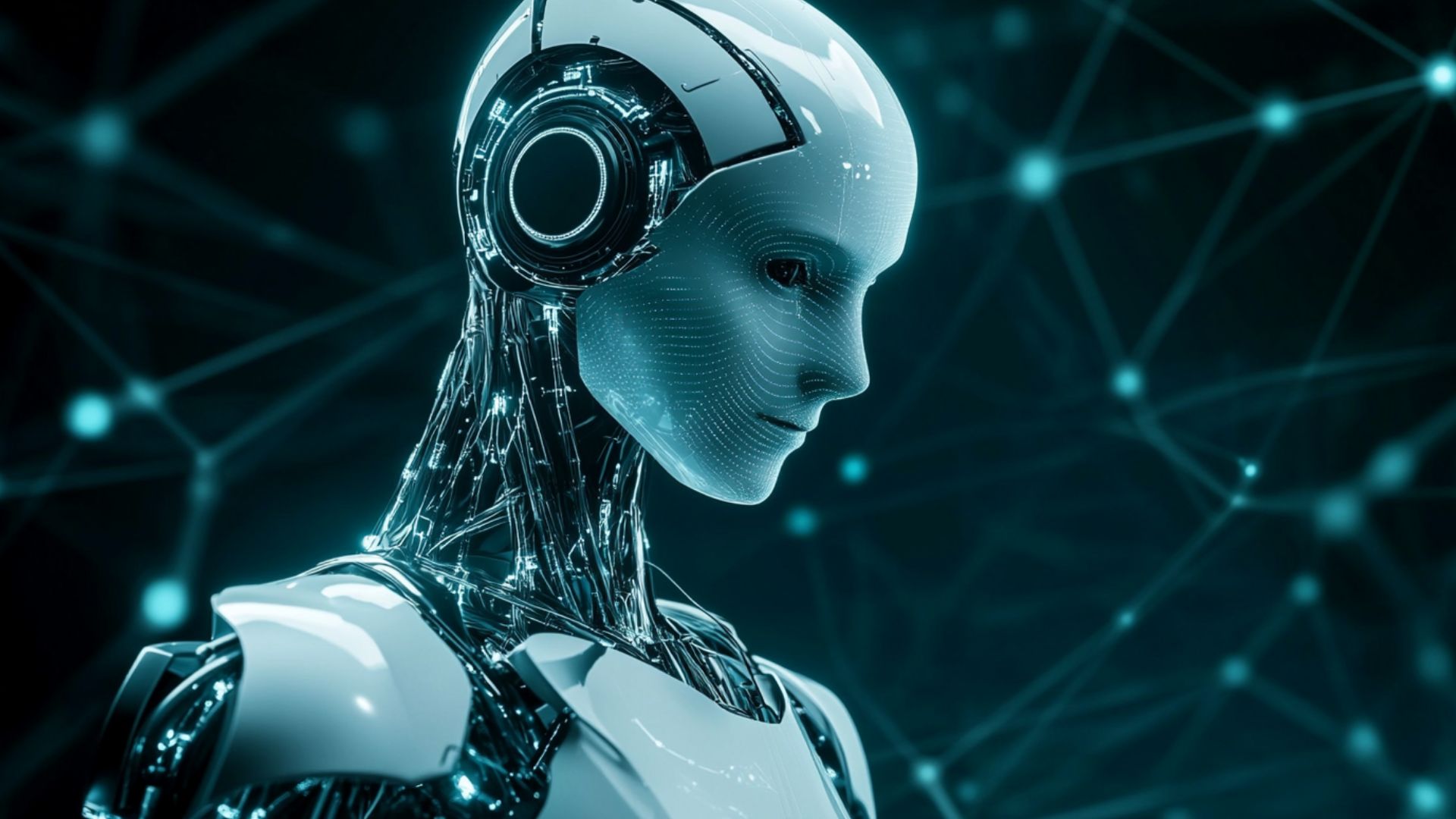Elevate Your Chatbot to Best Practice Status

You can't lead a profitable business without virtual assistants. Thanks to modern attitudes, you may use a chatbot. However, not all of them are equally created. An advanced chatbot goes beyond mere functionality. It embodies a seamless combination of the latest technologies. They have a user-centered design and effective bond. The bot anticipates the needs of users. It provides relevant and timely responses and improves overall user satisfaction.
Understanding what defines a best-practice chatbot in today's digital ecosystem is essential. So, you'll truly stand out and deliver exceptional user experiences. Businesses need to install the latest strategies to achieve this level of excellence. They elevate their chatbots from functional to exceptional.
We'll explore the essential components that define a best-practice chatbot. They provide actionable strategies to help you enhance your bot's performance. By adopting these practices, you can set new standards for user engagement. Also, you may foster stronger connections with your audience and differentiate your brand.
Unveiling the Potential of Advanced Chatbots
The evolution of chatbots has been remarkable. It transitions from simple automated responders to complex, conversational AIs. This tendency indicates significant technological advancements that have revolutionized user interactions and engagement. Check out the difference between bots and chatbots:
- Technological Sophistication: Basic bots rely on predefined scripts and keywords. They are matching to respond to user inputs. Advanced chatbots utilize NLP and ML algorithms to understand and generate human-like responses.
- Conversational Abilities: Basic bots typically follow a linear flow of conversation. Advanced chatbots engage in more natural and contextually relevant interactions. They allow for multi-turn dialogues and maintain conversation context over time.
- Personalization: The most advanced chatbots can personalize responses. They are generally based on user preferences, past interactions, and demographic information. Chatbots provide tailored recommendations and assistance. On the other hand, basic bots offer generic responses with limited customization.
- Integration with External Systems: Advanced chatbots seamlessly integrate with external systems and databases. They enable access to real-time information and allow transactions to be within the conversation flow. However, basic bots have limited capabilities for integration and transactional interactions.
- Emotional Intelligence: Some advanced chatbots have emotional intelligence capabilities. They allow them to recognize and respond to user emotions. However, basic bots need this ability to provide static responses regardless of the user's mood.
- Continuous Learning and Improvement: The most advanced chatbots continuously learn. They improve based on user interaction and feedback. Chatbots adapt their responses and improve their performance over time. Basic bots have static capabilities and do not evolve based on user interactions.
- User Experience: Advanced chatbots prioritize user experience design. It offers intuitive and user-friendly interfaces that mimic human conversation. On the other hand, basic bots need more sophistication in design and usability.
Understanding the difference between bots and chatbots is vital. So, businesses can harness the full potential of advanced chatbots. It'll help them to enhance customer interactions, streamline operations, and drive business growth.
Strategies to Make Your Chatbot More Human-like
In today's digital area, the goal of chatbots is not just to provide information. It engages users in conversations that feel natural and human-like. Here are key strategies to enhance your bot's conversational capabilities. Also, they'll help to make it the most human chatbot:
| Strategy | Description |
|---|---|
| Implement NLP | Use these techniques to help your chatbot understand and respond humanely to user requests. It will analyze language for context and nuance. |
| Integrate ML | Incorporate these algorithms to enable your bot to learn from user interactions over time. It’ll improve its responses and make conversations more dynamic and engaging. |
| Integrate Emotional Intelligence | Equip your chatbot with the ability to recognize and respond to user emotions. Adapt its tone and responses to create more empathetic and personalized interactions. |
| Use Conversational Design Principles | Design conversations with users in mind, employing conversational design principles. It’ll help to create a natural flow and structure, mimicking human conversation patterns and behaviors. |
| Provide Personalized Recommendations | Use data insights to offer personalized suggestions based on user preferences and behavior. They'll enhance the relevance and value of interactions. |
| Incorporate Rich Media | Enhance user engagement by integrating rich media. It is images, videos, and GIFs into conversations. Rich media will make interactions more visually appealing and interactive. |
| Implement Multi-turn Dialogues | Enable your bot to engage in multi-turn dialogues, remembering context from previous interactions. Also, it must maintain continuity in conversations akin to human dialogue. |
| Offer Proactive Assistance | Anticipate user needs and offer proactive assistance or suggestions. They demonstrate attentiveness and responsiveness like a helpful human assistant. |
By integrating these strategies, you can create the most human chatbot. It'll be capable of engaging users in human-like conversations. They are intuitive, empathetic, and satisfying.
Best Practices for Chatbot Development and Implementation
Developing the best bot requires several aspects. Among them is focusing on user experience design, knowledge integration, and privacy compliance. Here are essential practices for achieving this:
- User-Centric Design: Prioritize user experience design. It'll help you to ensure ease of use and intuitive interaction. Develop conversational flows that mimic natural human communication, increasing user engagement and satisfaction.
- Comprehensive Knowledge Training: Train bots using extensive bases. It'll help to provide accurate and relevant responses. Ensure that chatbots are continuously updated with the latest information. So you'll maintain relevance and reliability.
- Privacy and Confidentiality Compliance: Adhere to privacy policies and confidentiality standards. It'll help you to build user trust. Implement robust security measures to safeguard user data. So, you'll ensure compliance with regulations such as GDPR or CCPA.
- Continuous Learning and Improvement: Let the most convincing chatbots constantly learn. To do this, they need to analyze user interactions and feedback regularly.
- Natural Language Understanding: Equip bots with the abilities to accurately interpret user queries. Set up sentiment analysis to gauge user emotions and tailor responses accordingly.
- Seamless Integration with Existing Systems: Integrate chatbots seamlessly with existing systems and platforms. It'll help you to provide users with comprehensive support. Ensure compatibility with CRM software, e-commerce platforms, and other relevant systems.
You can develop and install a bot that provides valuable help using these best practices. Also, it feels like the most convincing chatbot, enhancing user satisfaction and trust in your brand.
Leveraging Chatbots for Enhanced Customer Engagement
Businesses increasingly turn to chatbots to enhance client engagement and satisfaction. Using the abilities of the most realistic chatbots, they can transform user experiences. Also, they may streamline operations across various functions:
- Client Service Transformation: Deploying these chatbots in this sector is pivotal. It enables businesses to provide seamless and efficient customer support. These bots can understand natural language and offer personalized assistance. Also, such bots resolve queries promptly, leading to higher customer satisfaction.
- Sales Enablement: Integrate chatbots into sales processes. It empowers you to engage with clients at every stage of the buying journey. These chatbots can provide product recommendations, answer inquiries, and guide users through purchases. It enhances conversion rates and drives revenue growth.
- Consulting and Advisory Services: Integrate bots in consulting roles. It'll allow you to scale their advisory services and provide expertise to a broader audience. These chatbots can offer insights, recommendations, and solutions. They are directly tailored to individual needs. Also, they show clients real-world apps and success stories.
- 24/7 Availability: The most realistic chatbots can operate round-the-clock. It ensures that assistance is available to clients whenever needed. This continuous availability enhances accessibility and responsiveness. It fosters more robust connections and loyalty among users.
- Customized Interactions: These chatbots can deliver them using data insights. Personalized interplays resonate with individual clients. Tailoring responses and guidance based on user preferences and behavior is vital. So businesses can create more meaningful and engaging experiences for their clients.
Organizations can unlock new opportunities. They need to harness the power of the most realistic chatbots and enhance client interaction. If you integrate these virtual helpers into your business, you’ll probably achieve success.


